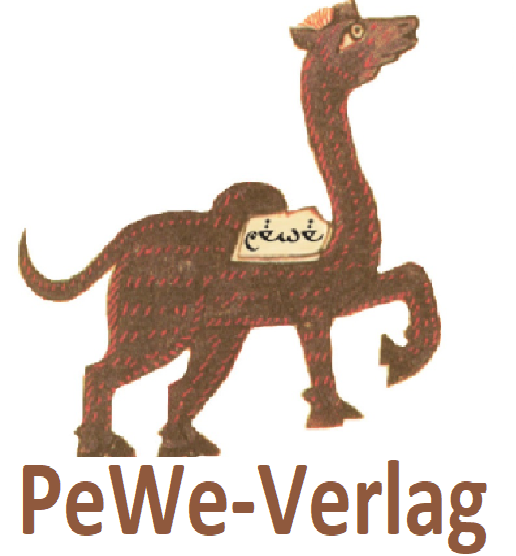
Cornelius von Pilgrim
Wenn der Tag doch 48 Stunden hätte.
Philae 1896 — Das Tagebuch Ludwig Borchardts und seine Briefe an Adolf Erman aus Ägypten und Nubien 1895-1896
SIK Sonderschriften — Band 1
Format: 17 x 24 cm — Hardcover
Umfang: 388 Seiten, mehr als 100, teils farbige Abbildungen, 32 Farbtafeln und über 500 Skizzen im Text Inhalt / Content
ISBN: 978-3-935012-46-1
Preis: 49,80 €
© PeWe-Verlag 2021
Der Ägyptologe Ludwig Borchardt, bedeutendster Vertreter der ägyptischen Bauforschung seiner Zeit und Gründungsvater zweier noch heute in Kairo arbeitender Forschungsinstitute, reiste 1895 erstmals nach Ägypten. Dort nahm er als deutscher Vertreter an der ersten internationalen Rettungsgrabung auf der Tempelinsel Philae teil, die nach dem Bau des ersten Staudamms bei Assuan vom Nil überflutet werden sollte. Sein auf der Reise und während der Ausgrabungen geführtes Tagebuch und die nach Berlin geschickten Briefberichte, Notizen, Skizzen und Fotos bilden heute eine wichtige, noch unerschlossene Quelle aus den frühen Tagen der modernen Ägyptologie. Sie liefern nicht nur eine Fülle von Beobachtungen und Details, die den seinerzeit publizierten Grabungsbericht ergänzen, sondern berichten auch von Borchardts vielfältigen Forschungen in der Region des Ersten Nilkatarakts und auf seiner weiteren Reise, die ihn bis nach Unternubien führte. Vor dem Hintergrund des Wettstreits der Nationen bei der Erforschung des alten Ägypten gewähren die mit lakonischem Witz geschriebenen Berichte auch einen spannenden Blick auf Land und Leute, in den Grabungsalltag und in die Erwerbungsgeschichte von Museumsobjekten.
The Egyptologist Ludwig Borchardt, the most important representative of Egyptian building research of his time and founding father of two research institutes still working in Cairo today, travelled to Egypt for the first time in 1895. There he participated as a German representative in the first international rescue excavation on the temple island of Philae, which was to be flooded by the Nile after the construction of the first dam near Aswan. His diary kept on the journey and during the excavations and the letter reports, notes, sketches and photographs sent to Berlin now form an important, as yet unexplored source from the early days of modern Egyptology. They not only provide a wealth of observations and details that complement the excavation report published at the time, but also tell of Borchardt’s diverse research in the region of the First Nile Cataract and on his further journey, which took him as far as Unternubia. Against the backdrop of the competition between nations in the exploration of ancient Egypt, the reports, written with laconic wit, also provide an exciting glimpse of the country and its people, the everyday life of excavators and the history of the acquisition of museum objects.
